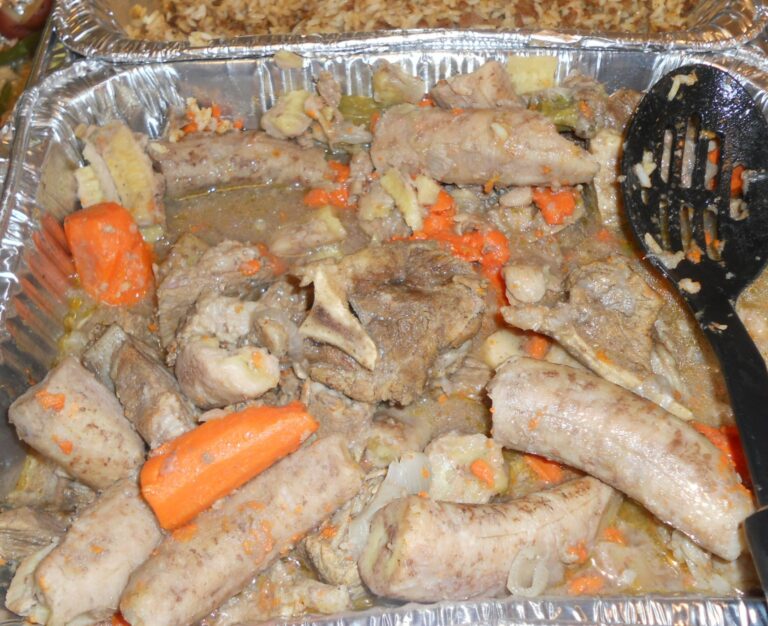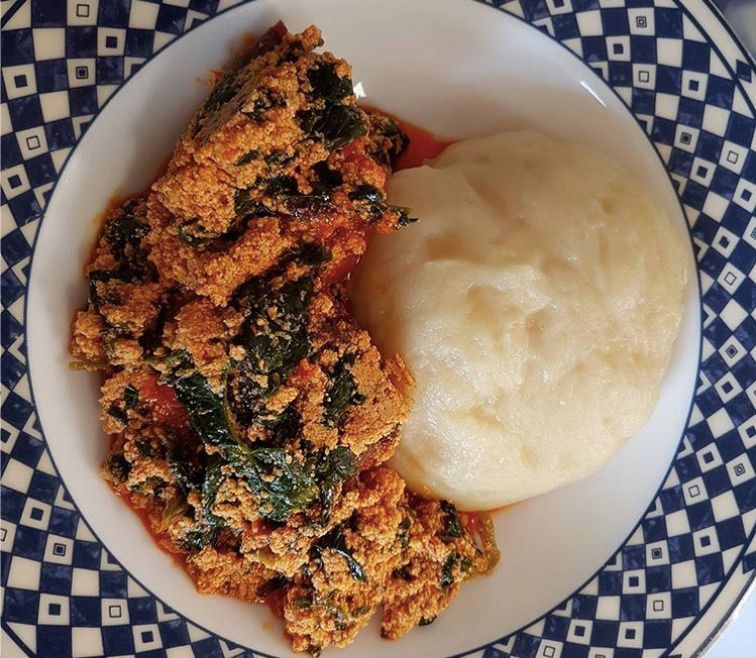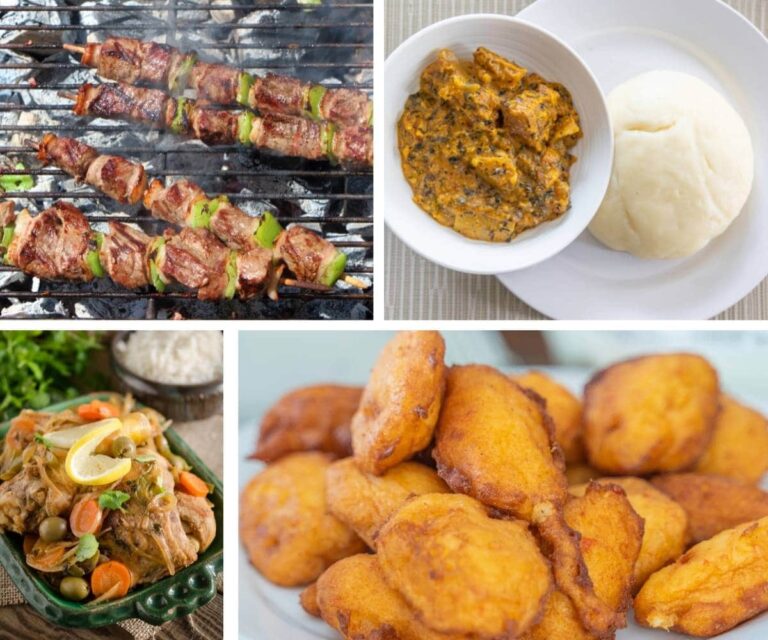Introduction to Benin’s Beverages
Benin, a country located in West Africa, is famous not only for its vibrant culture, but also for its traditional and delicious beverages. These drinks, which are deeply rooted in the country’s history, are an essential part of its culinary heritage. Benin’s beverages are made from a variety of ingredients, such as corn, palm wine, hibiscus, ginger, and ayoyo, and are enjoyed by locals and tourists alike.
The Importance of Traditional Drinks in Benin
Traditional beverages are an integral part of Benin’s culture. They are often served during important celebrations and ceremonies, such as weddings, funerals, and religious events. These drinks are not only used for their nutritional and medicinal properties, but also for their cultural significance. They bring people together, promote social cohesion, and help to preserve the country’s cultural identity.
Corn Beer: A Popular Choice
Corn beer, also known as “tchoukoutou” in the local language, is a popular beverage in Benin. It is made from fermented corn and is often served in calabashes. Corn beer is not only refreshing but also has a low alcohol content, making it a safe and enjoyable drink for all ages.
Palm Wine: A Cultural Staple
Palm wine, also known as “sodabi” in the local language, is a cultural staple in Benin. It is made from the sap of palm trees and is often served in gourds. Palm wine has a sweet taste and a low alcohol content, making it a perfect drink for social gatherings and celebrations.
Hibiscus Tea: A Refreshing Option
Hibiscus tea, also known as “bissap” in the local language, is a popular drink in Benin. It is made from the dried petals of hibiscus flowers and is often served cold. Hibiscus tea has a tangy and refreshing taste and is believed to have medicinal properties, such as reducing blood pressure and cholesterol levels.
Ginger Juice: A Spicy and Healthy Drink
Ginger juice, also known as “gingembre” in the local language, is a spicy and healthy drink in Benin. It is made from fresh ginger roots and is often served cold. Ginger juice has a strong and spicy taste and is believed to have numerous health benefits, such as reducing inflammation and improving digestion.
Zobo: A Sweet and Sour Delight
Zobo, also known as “bissap rouge” in the local language, is a sweet and sour drink in Benin. It is made from the dried calyces of hibiscus flowers and is often flavored with cinnamon and cloves. Zobo has a deep red color and a sweet and sour taste, making it a perfect drink for hot and humid days.
Ayoyo: A Creamy and Satisfying Beverage
Ayoyo, also known as “feuilles d’oseille” in the local language, is a creamy and satisfying beverage in Benin. It is made from the leaves of the sorrel plant and is often flavored with sugar and vanilla. Ayoyo has a unique taste and is believed to have numerous health benefits, such as improving digestion and boosting the immune system.
In conclusion, Benin’s traditional beverages are not only delicious but also an important part of its cultural heritage. From corn beer to ayoyo, these drinks are enjoyed by locals and tourists alike and play a vital role in promoting social cohesion and preserving the country’s cultural identity.




